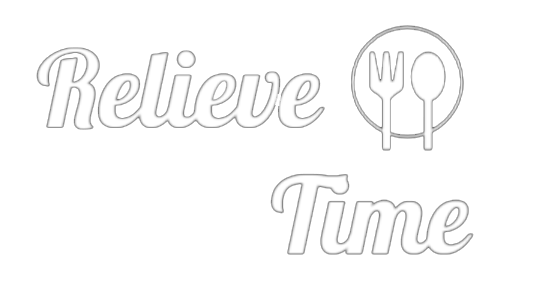Rose Levy Beranbaum’s Guide to Chocolate
This is the story of my love affair with chocolate, starting in the dark ages when there were only two brands, neither one extraordinary, and evolving to a huge variety and enlightened chocolate bliss. It’s hard to imagine a time when ganache (the base of chocolate truffles and the ultimate cake frosting) was a mystery to most.
Once ganache became a more recognized term, conventional theory stated that it had to be made in a double boiler and could not be made in a food processor. This divine mixture of heavy cream and dark chocolate, if overheated, would often separate, with the cocoa butter rising to the top, and could not be reincorporated. Never one to accept “could nots,” I found a fail-proof way to make ganache in the food processor by processing the chocolate into fine granules and then adding the cream, just at the boiling point, with the motor on. Perfection. But my most important discovery happened many books later when people discovered higher-cacao-percentage chocolates, and the ganache turned into a solid mass. In my revision of The Cake Bible, I list the extra amount of cream needed at each cacao percentage level. Personally, I prefer the higher percentage to temper things like toffee that are intrinsically sweet.
Without knowing the cacao percentage in a specific chocolate, it’s nearly impossible to create new recipes. When I became a consultant for a new chocolate company called Scharffen Berger, I impressed upon them the importance of listing the percentage of cacao, and it was the first American company ever to do so.
Chocolate can be very temperamental. Melting it at temperatures above 92°F (33°C) results in loss of flavor and dulls its glow. Tempering chocolate required the use a highly accurate thermometer, which was not available until I designed a chocolate thermometer accurate to a fraction of a degree. And then I discovered the quick tempering method, which doesn’t produce quite as high a gloss but is convenient because it does not require a thermometer.
White chocolate—the misunderstood member of the chocolate family—eventually came into its own and is recognized as such, provided it contains cocoa butter. Most people thought they hated white chocolate because there is no cacao to temper its sweetness, but I found that when it is added to a cake batter, its cocoa butter, milk solids, and lecithin contribute to a higher rise, a moister and more velvety texture, and a longer shelf-life. Since white chocolate usually contains about one-third sugar, I reduce the amount of sugar in the cake batter to compensate.
Dark chocolate denatures when overheated, which is why cocoa is superior for cake batter. And when cocoa is hydrated with boiling water, it bursts the cell membrane of each grain to release the full flavor components.
After years of research and experimentation, when I consulted for Procter & Gamble on its cake mix, I was able to address the question of how to make chocolate taste the most intense. Here’s how: Make a chocolate cake containing cocoa powder and butter. Punch holes in it after baking and do an infusion of a ganache that is thin enough to penetrate the cake’s structure (by weight, double cream to chocolate), which will make it extra moist, fudgy, and flavorful since the chocolate will not be baked in the cake. Then store it in a room lined with chocolate because chocolate picks up surrounding aromas. And finally, have people eat it in that room because what you smell intensifies the flavor of what you taste. And this is the ultimate way to make the most of chocolate.
Find Rose on Instagram at @realbakingwithrose and at realbakingwithrose.com.
The post Rose Levy Beranbaum’s Guide to Chocolate first appeared on Bake from Scratch.
